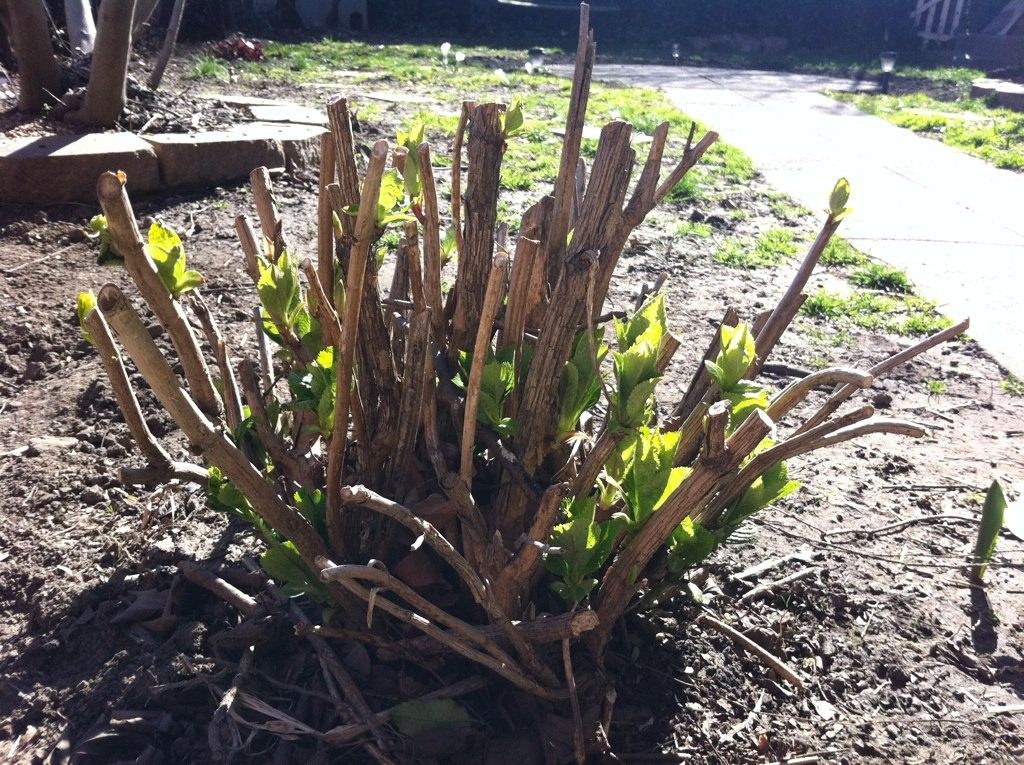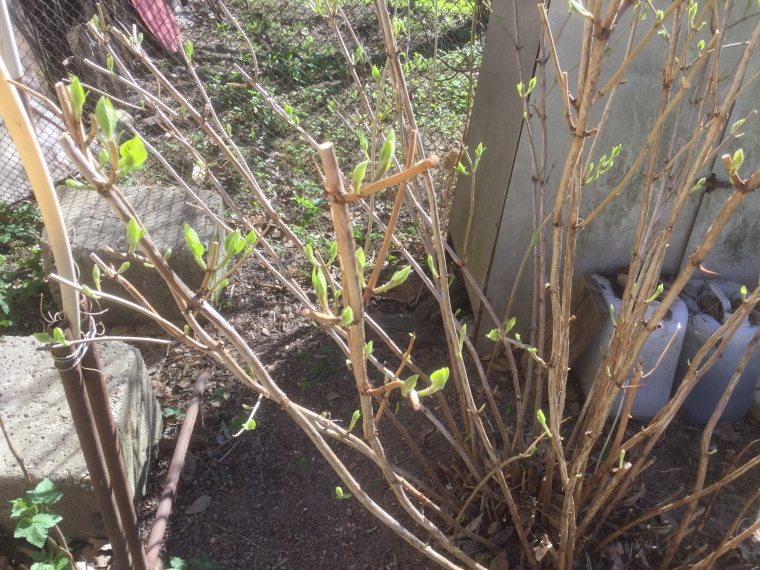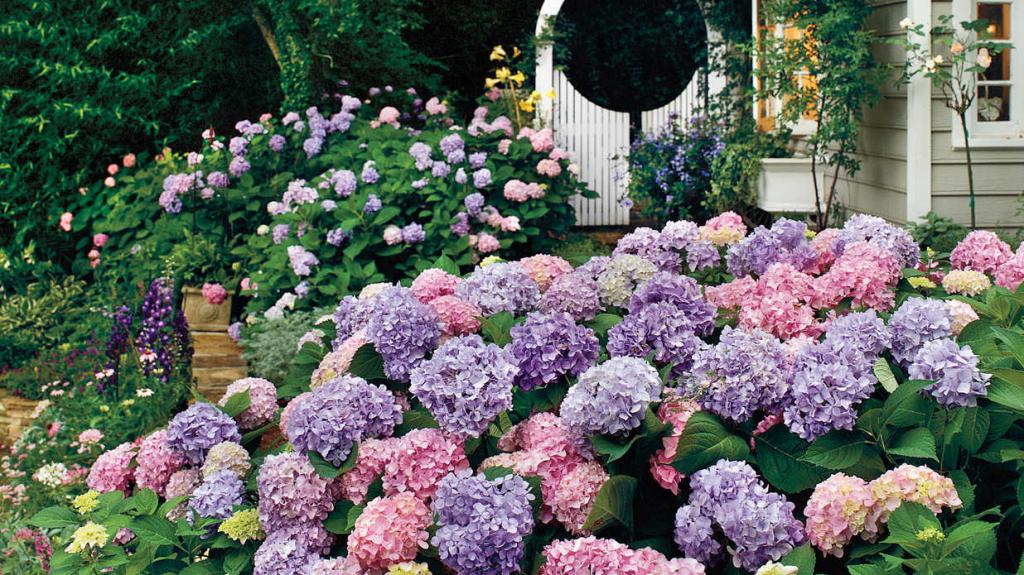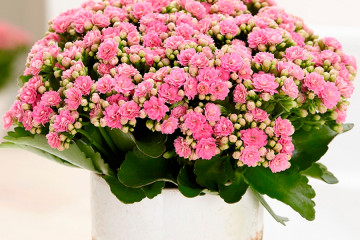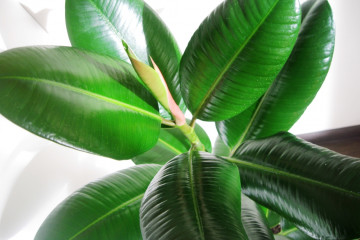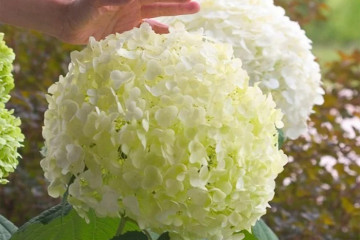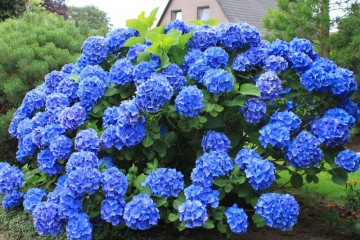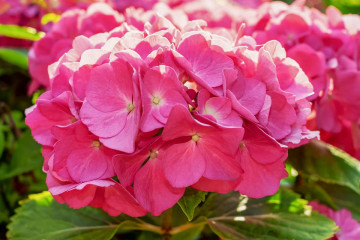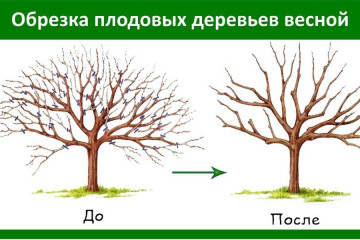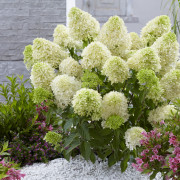How to prune a hydrangea in spring correctly and whether it is necessary to prune it
Content:
- Spring pruning
- Types of pruning
- Dates of the
- Advantages and disadvantages of pruning types
- Post-pruning activities
- Frequent mistakes
- Pruning and shaping a hydrangea tree
- Rejuvenating old bushes
- Pruning and shaping panicle hydrangeas
- The difference between pruning panicle hydrangea
- Types of pruning panicle hydrangea
- Spring pruning of large-leaved hydrangea
- Cardinal rejuvenation
- Care after pruning
A luxurious, truly royal look is given to hydrangeas by its lush inflorescences of pastel colors. She delights her admirers from May to October, lavishing aroma and decorating garden plots with delicate colors of flowers. To achieve such beauty, some effort should be made to grow this plant and constantly care for it. The abundant flowering of the bushes depends to a large extent on a procedure such as pruning. Different types of plants require special rules to be followed during it. Their exact observance will respond with gratitude in the form of abundant flowering of the bushes.
Spring pruning
First you need to determine the type of plant, because it depends on what kind of pruning you need. Plants are divided into 2 groups blooming on shoots:
- Last year (large-leaved);
- Current year (treelike, paniculate species).
How to prune a hydrangea in spring depends on the type of plant.
Pruning hydrangeas of the first group in spring should be done carefully, removing only dried inflorescences and weak shoots that have suffered in winter. Standard - is inappropriate here, it will deprive the bushes of flowering.
Having chosen the right time: day and month, they get to work. The step-by-step process takes place in the following order:
- Thin the bush (tree).
- Weak branches are removed, stepping back from the surface of the ground to the width of the palm.
- Cut the shoots located inside the bush.
- Frost-affected branches are cut off at the level of "living" wood.
After the end of the work, the bush is fixed to a support and tied up.
Types of pruning
Correct pruning includes several types:
- A standard haircut that is done every year. It is necessary to trim the bush to create a strong plant with abundant flowering.
- Forming - to give the plant the required configuration and optimal placement of skeletal branches.
- Sanitary - removal of damaged, old shoots, dried inflorescences.
- Rejuvenating - carried out on heavily damaged and old bushes.
Dates of the
They often use spring pruning, when the snow has not melted yet. The procedure begins with swelling of the growth buds, since they determine the choice of branches that need to be pruned. This is usually the month of March or early April. In addition, specific weather conditions must be taken into account. Even if the kidneys are swollen, the event should be postponed if the cold weather returns. But it is impossible to postpone for a long time, because the plant must have time to develop growths that will bloom in the standard time frame for it.
The duration of this operation also depends on the type of plant. Treelike hydrangea develops more slowly than panicle hydrangea, it will take more time for the formation of processes, so work must be carried out at an earlier date (March). For paniculate, late pruning (in April) is suitable. For large-leaved - you need to make it in early spring, but take into account that it blooms on last year's shoots.
Advantages and disadvantages of pruning types
In autumn, dried inflorescences are removed, branches in winter fall under the weight of snow and can break or be damaged.
The rest of the work is left for the spring, tk. the presence of slices can cause the development of diseases, lead to a decrease in frost resistance. For spring pruning, nature has set a tight deadline: before the start of sap flow.
The benefits of pruning in the spring include:
- Improving the appearance by creating the desired shape of the bush.
- Lush flowering due to the revitalization of the growth of young branches after removing the dried ones.
- It is easier to identify living and dying branches by color and the presence of swollen buds.
- The slices will not be affected by cold weather.
Disadvantages of the procedure in the spring:
- Short terms of carrying out - during the period of rest, and the beginning of the movement of juices. Being late will harm the plant and it will not bloom.
- Reducing the time for the growth of new shoots.
- A shift in growth phases, the hydrangea will not have time to ripen over the summer and prepare for winter.
Post-pruning activities
Proper maintenance should be arranged after spring pruning. To stimulate the rapid growth of powerful shoots, it is necessary to feed on time. Organic fertilizers in the form of a solution of mullein or humus scattered around the plant are applied at the beginning of the growing season. A good result is given by feeding with special mineral fertilizers for hydrangeas.
Mulching the soil with a layer of 5-6 cm with any suitable material is another component of plant care. This will enhance the metabolic processes in the root system, additionally protect against the appearance of weeds and the invasion of insect pests. For leaf growth and abundant flowering, regular and abundant watering is needed. In the process of growth, it is necessary to tie up the branches so that they do not break under the weight of the inflorescences.
Frequent mistakes
How to properly trim hydrangea so that the procedure is beneficial, not harmful?
The recurring mistakes made by budding gardeners are:
- Incorrectly chosen time for work, which most often ends in a slowdown in growth, weak flowering.
- Failure to comply with the rules, violation of the order and mode of operation lead to an incorrect formation of the appearance, its thickening.
- Neglect of these recommendations for specific species may result in the death of a plant that is just beginning its development.
- Ignorance of the type and name of the acquired hydrangea threatens with mistakes in the care and development of the seedling.
- Complete lack of care is unacceptable.
Pruning and shaping a hydrangea tree
For spring and autumn pruning of tree hydrangea, appropriate schemes are used. In autumn, only spherical inflorescences are cut. In the spring they spend:
- Sanitary pruning, removing broken, frozen branch ends.
- Rejuvenating by completely removing old branches.
- Thinning, which consists in cutting thin, incapable of flowering shoots in the center of the bush and zero, appearing at the edges, to maintain the strength of the flowering bush.
- Pruning for flowering, when the shoots of the last year are shortened by 4 pairs of strong buds.
With the help of thinning, they form a beautiful bush in the shape of a bouquet. This species is distinguished by an abundance of zero shoots that grow directly from the ground, so the plant needs to be thinned annually to maintain its shape and lush flowering. The newly planted bush is formed by shortening and cutting the shoots.
Rejuvenating old bushes
In order to rejuvenate the plants, they make a complete pruning of the bush "under the stump", cutting off the branches at a level of 10-15 cm from the ground. This operation is suitable for plants aged 5 to 7 years. A plant over 10 years old is not subjected to this operation; it may die from lack of nutrition. They use phased pruning, removing old branches piece by piece over the course of 2-3 years.
Pruning and shaping panicle hydrangeas
This species is distinguished by its ability to form new flowering shoots on branches of any age. Such an abundant formation of flowering branches can lead to a weakening of the plant and the appearance of small nondescript inflorescences. In order for the inflorescences to remain large and the flowering abundant, the operation is carried out annually, regardless of which form of cultivation they chose: a tree or a bush. In panicle hydrangea, up to 3 shoots can grow from a healthy bud. Small branches directed inward are removed, leaving those that grow outward. Shortening last year's shoots will be sufficient to increase the number of flowering branches.
To form a bush, the seedling is buried in the ground during planting. Weak branches growing from the ground are cut out, strong zero ones are not touched, with their help they form a bush. The appearing growths are shortened, leaving 1-3 buds, which contributes to the appearance of new shoots with lush inflorescences. Thus, a spherical bush is formed.
To create a plant in the form of a tree, choose a seedling with a well-defined trunk. For the first 2 years, it is necessary to remove underground shoots and cut off the branches of the last year, leaving 2-3 buds on each. The shoots formed from them will feed the trunk for a year. In the spring, they are cut out without leaving hemp, as a result of which a stem (trunk) is formed. It is attached to a support so that it stretches. In the spring, crown formation occurs due to last year's shoots located in the upper part of the plant. For vertical growth, the shoots are tied up, pressing against the trunk. When the tree reaches a height of 50 cm, they are shortened. Formation takes place over 3 years.
The difference between pruning panicle hydrangea
The paniculate species has an excellent ability to eject a large number of young shoots, while the formation of zero branches is weak. There is a rapid growth of the bush due to the emergence of shoots from the buds of last year's and older branches. The number of inflorescences increases every year, which leads to a weakening of the plant and the appearance of small inflorescences.
The rapid growth of a large number of shoots disturbs the shape of the bush, makes the appearance unkempt. It is for this reason that the plant needs an annual formative pruning.
In order for the bush to bloom profusely, you need to cut out the old branches that take food for the development of new shoots.
Types of pruning panicle hydrangea
In autumn, cone-shaped inflorescences and shoots that are too long are removed.
In the spring they spend:
- Sanitary pruning, when only dead branches are cut. This is a frost-resistant species, and there are no frozen shoots.
- Rejuvenating, during which branches with slow growth are removed. This species has a skeletal trunk and branches like a tree.
- Shortening shoots for the growth of large inflorescences.
- Thinning cut is used to remove excess shoots.
Spring pruning of large-leaved hydrangea
This particular type of plant is considered the most capricious. He needs shelter for the winter, constant humidity control and seasonal pruning.
Inflorescences in this species are formed on the upper third of the shoots of the last year, or rather on young shoots that grew from the upper buds on these branches, formed before the cold weather. When pruning, this is taken into account by cutting off a small part of the branches. Standard - will lead to the fact that there will be no flowering. For large-leaved hydrangea, pruning in spring comes down to thinning the bush and removing frost-affected and broken branches. This is not difficult to do. Part of the lateral processes, branches from the skeletal branches, are cut off, preventing thickening in the future. Every 4 years, to rejuvenate the bush, branches are cut at a level of 40 cm from the ground.
Cardinal rejuvenation
Plants that have suffered from diseases and pest infestations, those that have turned out to be neglected and oppressed, require cardinal rejuvenation. Refusing other types of pruning, rejuvenation is carried out in a radical way. The bushes are cut "on a stump", removing perennial branches at a height of 50-80 cm from the ground. After this procedure, one season will pass without flowering, but after a year the bush will revive and respond with a lush crown with abundant flowering.
Care after pruning
An integral part of recuperation care is feeding. It will stimulate the development of new shoots, exclude thinning and stretching of the growth. Mineral fertilizers for rhododendrons and hydrangeas are used for these purposes.
Mulching the soil with peat, compost and other suitable materials will be important in the care. In the near-stem circle, mulch is scattered with a layer of more than 5 cm, which will additionally serve to better preserve moisture in the soil.
The hydrangea owes its popularity to incomparable lush inflorescences. She settled with proud dignity in city parks, summer cottages and in the front gardens of private estates. A long flowering period and not too burdensome care served to spread the plant throughout Russia, even among beginners in floriculture. The landscapes of designer compositions and amateur planting, decorated with her presence, do not cease to delight flower growers.


